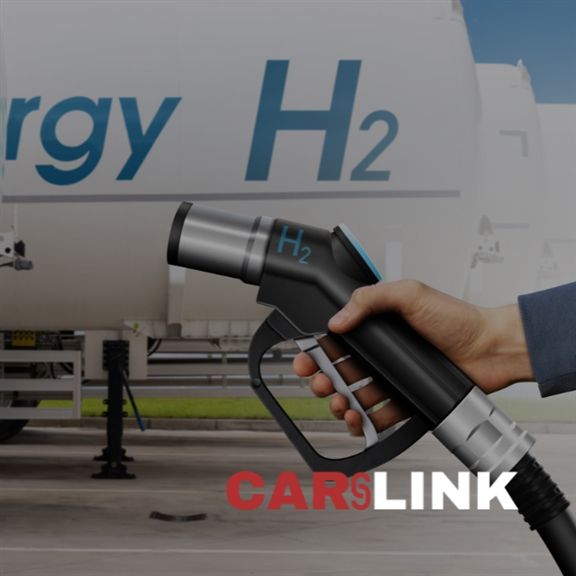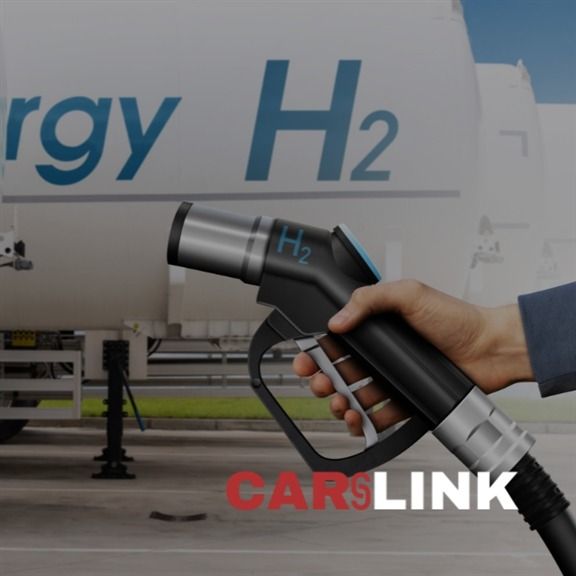
E-Fuels and Their Impact on the Electric Vehicle Market

As the automotive industry continues to evolve towards sustainability, e-fuels have emerged as a promising alternative to traditional fossil fuels. But what exactly are e-fuels, and how might they influence the electric vehicle (EV) market in 2025? Let's delve deeper into this fascinating development.
Understanding E-Fuels
E-fuels, or synthetic fuels, are produced using renewable energy sources. The process involves extracting hydrogen from water through electrolysis and combining it with carbon dioxide captured from the atmosphere. This results in a liquid fuel that can be used in internal combustion engines (ICE), offering a cleaner alternative to conventional fossil fuels.
Advantages of E-Fuels
- Carbon Neutrality: E-fuels have the potential to be carbon-neutral, as the CO2 emitted during combustion is offset by the CO2 captured during production. This makes them an attractive option for reducing greenhouse gas emissions, particularly in sectors where electrification is challenging, such as aviation and shipping.
- Compatibility with Existing Infrastructure: E-fuels can be used in existing ICE vehicles and infrastructure, providing a seamless transition for consumers and industries. This compatibility reduces the need for significant investments in new technologies and infrastructure.
- Energy Storage: E-fuels can serve as a form of energy storage, capturing excess renewable energy and converting it into a storable and transportable fuel. This capability can help balance energy supply and demand, particularly in regions with abundant renewable resources.
Impact on the Electric Vehicle Market
- Complementary Role: E-fuels could complement the growth of electric vehicles by providing an alternative for sectors that are difficult to electrify. This dual approach could accelerate the transition to a low-carbon future, offering diverse options for consumers and industries.
- Resource Competition: The production of e-fuels requires significant amounts of renewable electricity, potentially creating competition for resources with the electric vehicle sector. This competition could affect the cost and availability of renewable energy, influencing the overall economics of both technologies.
- Regulatory Influence: Government policies will play a crucial role in shaping the future of e-fuels and their impact on the EV market. Supportive regulations and incentives can drive innovation and adoption, while stringent emissions targets may encourage a balanced approach between e-fuels and electrification.
- Market Dynamics: As e-fuels become more viable, they could influence consumer choices and market dynamics. For instance, e-fuels might extend the life of existing ICE vehicles, slowing down the transition to electric vehicles. However, the continued development and affordability of EVs, along with expanding charging infrastructure, will remain key factors in their market penetration.
Challenges and Considerations
Despite their potential, e-fuels face several challenges. The production process is currently expensive and energy-intensive, requiring technological advancements to become commercially viable. Additionally, the scalability and infrastructure for distributing e-fuels need further development. The environmental impact of large-scale CO2 capture and the energy efficiency of the production process are also critical considerations.
Conclusion
In 2025, e-fuels represent a promising yet complex addition to the sustainable transportation landscape. Their impact on the electric vehicle market will depend on technological advancements, policy support, and market conditions. At CarsLink, we're committed to staying informed about these developments, ensuring we provide our customers with the best options for a sustainable future. Whether you're considering an electric vehicle or exploring other green technologies, we're here to guide you on your journey.
#EFuels #ElectricVehicles #SustainableTransport #FutureOfMobility #CarsLinkInnovation